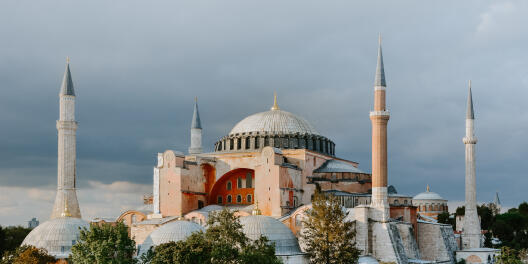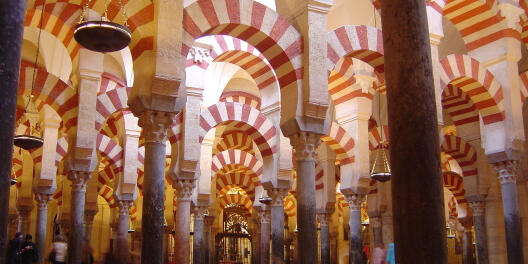Hagia Sophia – religious buildings and the history of their conversion

From a historical perspective, the conversion of religiously and politically charged buildings such as Hagia Sophia in Istanbul is no new phenomenon, branching back to antiquity. A multitude of such cases can be found in all epochs, religions and regions, as the dossier "Hagia Sophia – religious buildings and the history of their conversion" shows. In a further the dossier traces the eventful history of Hagia Sophia with its interior and exterior changes from the 6th to the 21st centuries.
The authors are the Byzantinist Michael Grünbart and the Judaists Franziska Kleybolte and Katrin Kogman-Appel from the Cluster of Excellence “Religion and Politics” of the University of Münster.




